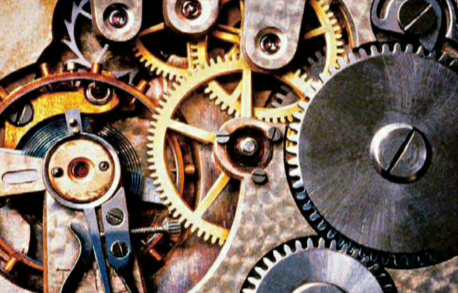BRAIN OR SOUL – KNOWING ITSELF [ THE AMAZING BRAIN ]
Descartes saw no physical soul in his tours of the body. Instead, he conceived the soul as noncorporeal and thus above the mechanics that animated all flesh.
Operating within the machine but not part of it, the soul oversaw humanity’s consciousness, will, and all other attributes that separate mankind from the animals. Furthermore, he said, “There is only one soul in us, and that soul does not have in itself any diversity of parts.”
Where, specifically, could that soul, or mind, reside within a person? Descartes sought his answer by going to his “books.” Dissecting the brains of calves-even though they supposedly had no souls-Descartes settled on a tiny gland deep in the brain.
The pineal gland appeared to reside in a central location where nerves and the ventricles, or spaces, of the brain converged. Thus, he thought it a perfect candidate for the role of central actor in the drama of perception and action.
OUR UNDERSTANDING of how the brain functions often is expressed in the language of metaphor. The brain is sometimes a computer, a phone bank, a black box. The choice of metaphor often builds upon the dominant technology of the day.
Rene Descartes, the 17th-century philosopher, likened the brain to the animated statues in Paris’s Royal Gar- dens of Saint-Germain.
Descartes described how the weight of a visitor’s foot on particular garden tiles opened or closed hidden valves and redirected water flowing through a network of pipes. Streams of water flowing internally caused the statues, called automatons, to move.
Descartes pictured the mind as an engineer who chose to open or close certain valves and redirect vital fluids through the brain’s ventricles.
With the dawn of the industrial revolution, scientists turned to clockwork mechanics for metaphors.
Philosopher Gilbert Ryle coined the phrase “ghost in the machine,” a bodiless substance somehow throwing switches and mov- ing axles and gears, in framing one of the popular theories about the mind.
Telephone metaphors arose in the 20th century but were not complex enough to describe the vast, organic circuitry of the brain.
The function of brain circuitry and the importance of neuronal networking gave rise to metaphors including computers and the integrated complexity of the Web. But even the most sophisticated computer cannot rewrite its own programming or be aware of its own existence. The brain so far has eluded the perfect metaphor.
“Let us then conceive here that the soul [mind] has its princi- pal seat in the little gland which exists in the middle of the brain,” he wrote, “from whence it radiates forth through all the remainder of the body by means of the animal spirits, nerves, and even the blood, which, participating in the impressions of the spirits, can carry them by the arteries into all the mem- bers.” Inside the pineal gland, at an infinitesimally small point, Des- cartes envisioned the mind orchestrating the actions of the body.
This dualism separating the mind and brain has been thoroughly challenged by modern science. The mind cannot exist without the brain; damage to the brain results in compromises to the mind.
Nevertheless, the view espoused by Descartes still colors our view of ourselves to this day. Neurologists treat disorders of the brain. Psychiatrists and psychologists treat disorders of the mind.
Only now, as neuroscience begins to tease out the biological processes at the root of emotional and behavioral illnesses, are the mind and brain coming together again.


